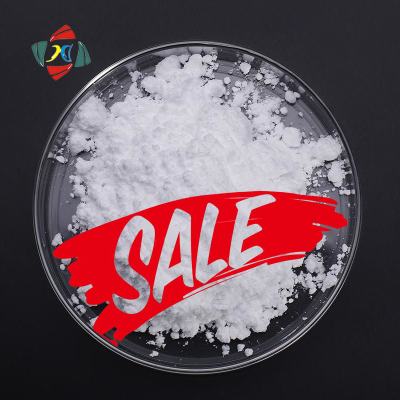-
Categories
-
Pharmaceutical Intermediates
-
Active Pharmaceutical Ingredients
-
Food Additives
- Industrial Coatings
- Agrochemicals
- Dyes and Pigments
- Surfactant
- Flavors and Fragrances
- Chemical Reagents
- Catalyst and Auxiliary
- Natural Products
- Inorganic Chemistry
-
Organic Chemistry
-
Biochemical Engineering
- Analytical Chemistry
- Cosmetic Ingredient
-
Pharmaceutical Intermediates
Promotion
ECHEMI Mall
Wholesale
Weekly Price
Exhibition
News
-
Trade Service
Introduction:
Sulpiride is an antipsychotic drug that is commonly used in the treatment of schizophrenia and other mental disorders.
In the chemical industry, it is synthesized through a series of chemical reactions that involve the use of various reagents and solvents.
The (±)-Sulpiride molecule is a chiral molecule, meaning that it has a non-superimposable mirror image.
As a result, the synthesis of (±)-Sulpiride requires the use of chiral reagents and catalysts to achieve optical purity.
Synthesis of (±)-Sulpiride:
The synthesis of (±)-Sulpiride involves several steps, including the preparation of the starting material, the formation of the sulfurδ2-synthon, the condensation of the sulfurδ2-synthon with the phenyl ring, and finally, the reduction of the β-nitrostyrene to form the final product.
Preparation of the starting material:
The starting material for the synthesis of (±)-Sulpiride is 2-chloro-1,3-dimethoxybenzene, which is treated with sodium hydroxide and methyl iodide to form an aromatic iodide.
Formation of the sulfurδ2-synthon:
The aromatic iodide is then treated with elemental sulfur and sodium hydroxide to form the sulfurδ2-synthon.
This step is critical for the synthesis of (±)-Sulpiride as it provides the chiral center for the final product.
Condensation of the sulfurδ2-synthon with the phenyl ring:
The sulfurδ2-synthon is then treated with para-toluenesulfonic acid and stirred for several hours.
This step leads to the condensation of the sulfurδ2-synthon with the phenyl ring to form the sulfonyl chloride.
Reduction of the β-nitrostyrene:
Finally, the sulfonyl chloride is treated with lithium aluminum hydride and stirred for several hours.
This step leads to the reduction of the β-nitrostyrene to form (±)-Sulpiride.
Optical Resolution:
The synthesis of (±)-Sulpiride produces a racemic mixture of the two enantiomers.
To obtain the optically pure (±)-Sulpiride, the racemic mixture is subjected to chromatography using a chiral stationary phase.
The use of chiral stationary phases for chromatography is critical for the separation of enantiomers as they have different interactions with the stationary phase.
Conclusion:
The synthesis of (±)-Sulpiride involves several steps, including the preparation of the starting material, the formation of the sulfurδ2-synthon, the condensation of the sulfurδ2-synthon with the phenyl ring, and finally, the reduction of the β-nitrostyrene to form the final product.
The synthesis of (±)-Sulpiride requires the use of chiral reagents and catalysts to achieve optical purity, and the use of chiral stationary phases for chromatography is critical for the separation of enantiomers.
By optimizing the conditions for each step in the synthesis, it is possible to obtain high yields of optically pure (±)-Sulpiride for use in the treatment of mental disorders.







